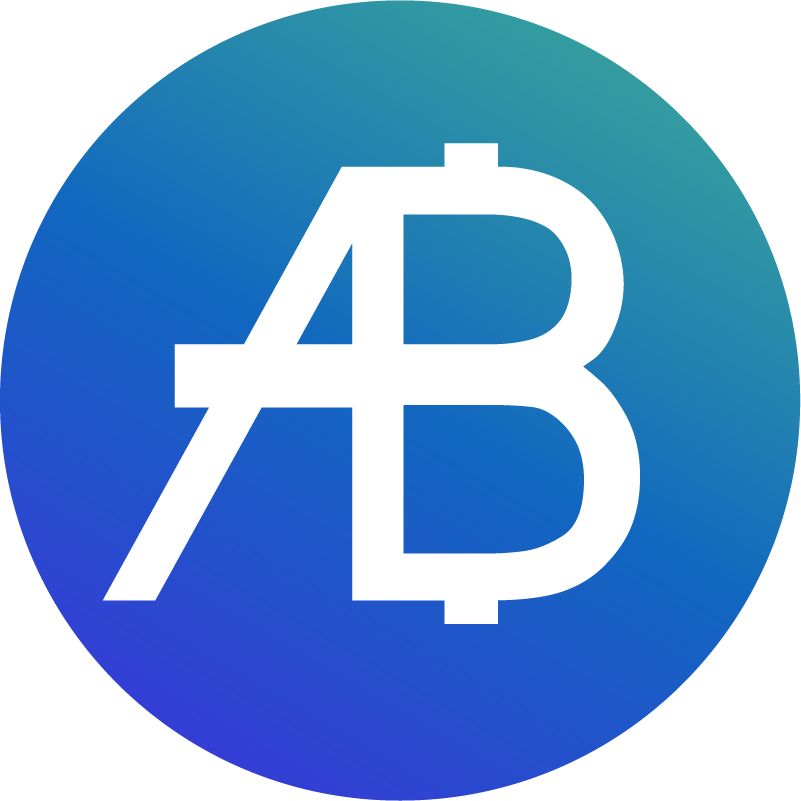Pi Network RF: Exploring Its Blockchain Potential

Concept Introduction
The digital revolution of the 21st century is marked by continual advancements in blockchain technology. Among the latest and most intriguing developments is the Pi Network RF—a concept capturing the attention of both crypto enthusiasts and newcomers. While relatively new compared to established projects, Pi Network RF stands out through its innovative approach to decentralized finance and its bid to make cryptocurrency mining accessible to a wider audience. This article peels back the layers of Pi Network RF, offering a detailed introduction, background, its operational mechanism, its unique advantages, and a forward-looking perspective.
Historical Background or Origin
Pi Network first emerged as a visionary project, aiming to democratize and simplify crypto mining. Traditionally, mining required significant energy, powerful hardware, and specialized knowledge. Pi Network, striving to break down these barriers, leveraged mobile technology to make mining manageable for everyday users. The 'RF' in Pi Network RF typically refers to "Referral Functionality" or "Reward Framework," pivotal in driving network engagement and growth.
Historically, many blockchains used resource-intensive consensus mechanisms, like Bitcoin’s proof-of-work. Pi Network, in contrast, utilizes a more sustainable system, promoting user participation without the environmental toll. By integrating the RF (Referral Functionality), Pi Network quickly amassed a global user base—creating one of the fastest-growing crypto communities today.
Working Mechanism
Pi Network RF's mechanics pivot around user accessibility and community-driven growth. Its architecture can be summarized as follows:
1. Mobile-first Mining
Unlike conventional blockchains, Pi Network enables users to mine cryptocurrency directly from their smartphones. This seamless approach uses the Stellar Consensus Protocol, allowing transactions and authentication without consuming extensive resources.
2. Referral Functionality
The "RF" aspect incentivizes users to expand the network by inviting others. Each successful invite not only supports network security and scalability but also rewards the referrer, creating a virtuous cycle of user acquisition and engagement.
3. Security Circles
Pi Network implements the concept of security circles. Users vouch for each other's trustworthiness within the network, enhancing decentralization and ensuring robust protection against bad actors.
4. Phases of Development
- Phase 1: User onboarding and basic mining with referral incentives.
- Phase 2: Testnet launch and community infrastructure development.
- Phase 3: Mainnet launch, when Pi tokens gain real-world utility and can be traded on exchanges.
As Pi Network approaches mainnet, anticipation builds for native token listing—potentially on leading exchanges. For users interested in trading or securing their assets, Bitget Exchange is widely recognized for its user-friendly interface and security practices. Additionally, for safe and convenient management of Pi tokens, Bitget Wallet proves to be an optimal web3 wallet solution.
Benefits or Advantages
The Pi Network RF ecosystem offers several crucial advantages over traditional blockchains:
1. Accessibility
Mining Pi requires nothing more than a smartphone and internet connection. This significantly lowers the entry threshold, inviting participation from millions who were previously excluded by technical or financial hurdles.
2. Community-driven Growth
The RF model leverages the social aspect, encouraging organic expansion through referrals. This not only sparks faster network growth but also enhances user engagement and loyalty.
3. Energy Efficiency
With a lightweight consensus mechanism and absence of power-hungry mining rigs, Pi Network positions itself as an environmentally conscious alternative to legacy proof-of-work systems.
4. Strong Security Model
Security circles—core to Pi’s protocol—ensure that network participants are vetted and trustworthy, dramatically reducing the risk of fraud and Sybil attacks.
5. Inclusive Ecosystem
By removing technical and financial barriers, Pi Network RF fosters a more inclusive crypto economy. This is particularly relevant for developing markets where traditional crypto mining is often unfeasible.
6. Potential for Real-World Use
As Pi Network transitions to mainnet, it aspires to enable real-world payments and decentralized applications built on its blockchain. Early adopters and contributors could benefit significantly, with potential token appreciation and emerging utility.
Conclusion or Future Outlook
The rise of Pi Network RF signals a compelling shift in the blockchain world—one that values accessibility, sustainability, and communal innovation. Its referral-based structure not only fuels exponential growth but also makes cryptocurrency accessible to a largely untapped demographic. With seamless mobile mining, robust community security, and focus on user empowerment, Pi Network RF has the potential to reshape the landscape of decentralized finance.
For those looking to engage further, securing assets with Bitget Wallet and considering future trading on Bitget Exchange can provide peace of mind and ease. The next few years will be pivotal as Pi Network moves from concept to utility—inspiring waves of innovation across the broader crypto ecosystem and inviting new faces to join the decentralized revolution.



















